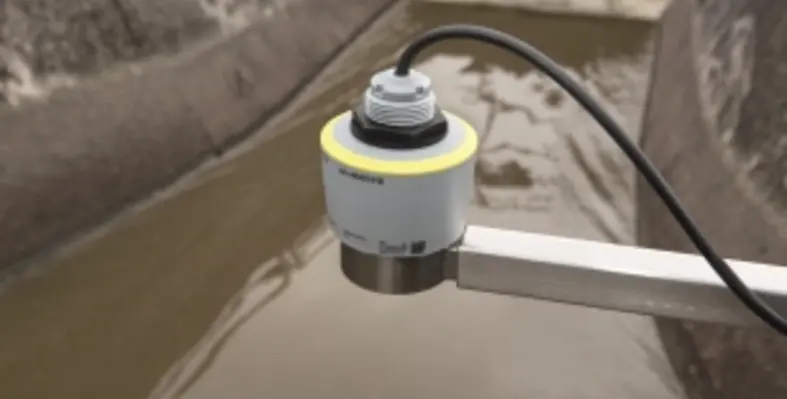Radar technology has established itself as a real problem solver in the field of level measurement
So far, however, the price of the devices has prevented their general use in standard applications. Now, the compact radar sensor Vegapuls is also gaining the upper hand in price-sensitive applications in the wastewater industry.
German expert J?rgen Skowaisa, product manager at VEGA, talks to Technical Review Middle East (TRME) about radar technology as a real alternative to ultrasonic technology.
TRME: Radar is the better ultrasonic ? why?
J?rgen Skowaisa (JS): The nature of the wave makes the difference. Ultrasonic signals are sound waves, and as such, are greatly affected by temperature, gas composition, and pressure. The signals emitted by radar sensors, however, are electromagnetic waves, and for them, such process conditions are practically of no consequence. Radar sensors are thus independent of all typical process conditions and can be used universally.
TRME: If radar is more accurate than ultrasonic and available at the same price, why does ultrasonic still even exist?
JS: The way we see it, radar will completely replace ultrasonic in process measurement in the foreseeable future. There is no application where ultrasonic works better than the new 80-GHz radar sensors. That?s why our radar sensors are equipped with the same typical connection components as ultrasonic sensors ? so they can replace ultrasonic sensors 1:1.
TRME: How is it possible to produce radar measurement technology at the price of ultrasonic?
JS: By optimising the sensors for their designated applications and investing in the future. About three years ago we started the development of our own radar chip that exactly meets the requirements of level measurement. This, in combination with a sensor design that corresponds to typical ultrasonic applications, makes it is possible to offer very inexpensive radar sensors.
TRME: How much intelligence is built into VEGA sensors?
JS: All the experience of the past 30 years plus state-of-the-art technology. When developing the new radar chip, we incorporated the extensive application experience gained from the more than one million radar sensors we?ve produced and sold. The powerful signal processors used for echo analysis can now distinguish interfering reflections from level signals very effectively. But the sensor must still be easy to operate and universally applicable ? that is the greatest challenge.
TRME: To what extent can VEGA sensors be connected to cloud solutions?
JS: For several years now we?ve been offering components that allow our sensors to transmit measured values to a cloud via radio. The new radar technology opens up completely new possibilities here as well. Our energy-saving radar chip, in combination with new, high-performance batteries and new radio modules, enables totally new sensor concepts. For example, we are currently working on a wireless radar sensor that can be easily mounted on an IBC container. At two measurements a day, the sensor will send level data to a cloud for ten years ? something like this was unthinkable just a few years ago.





